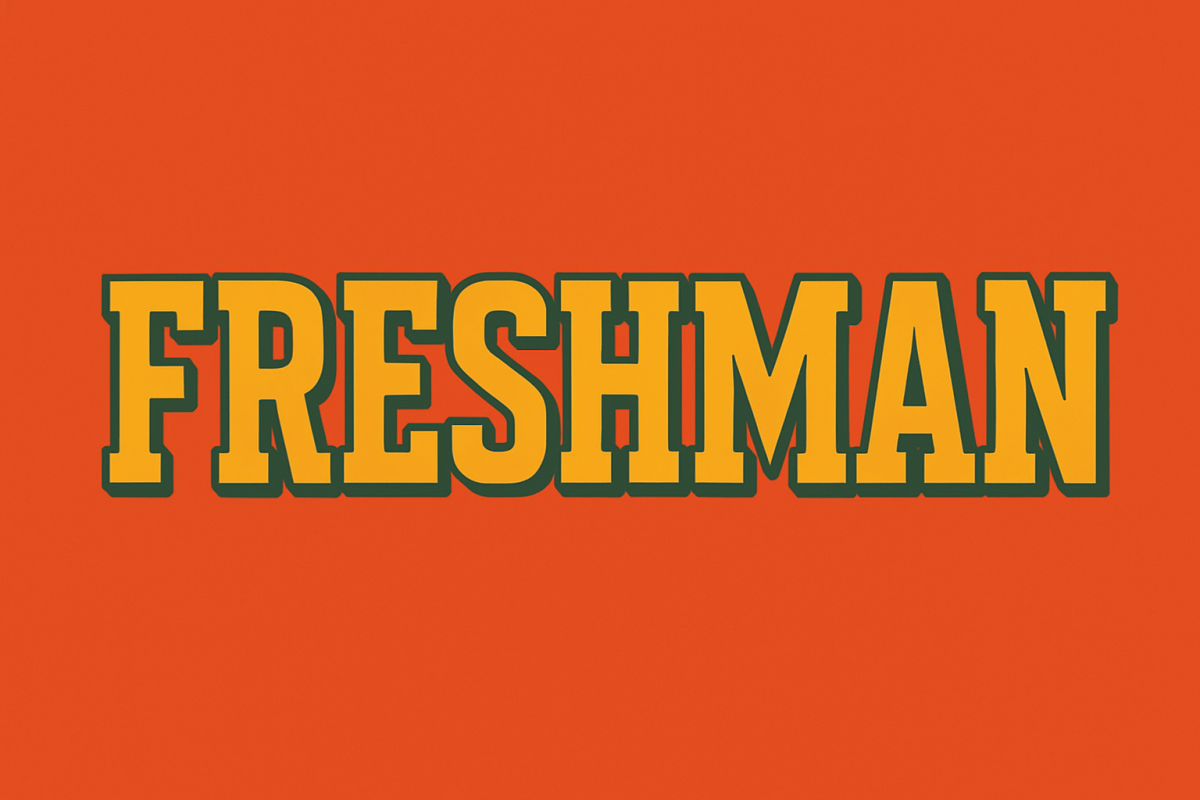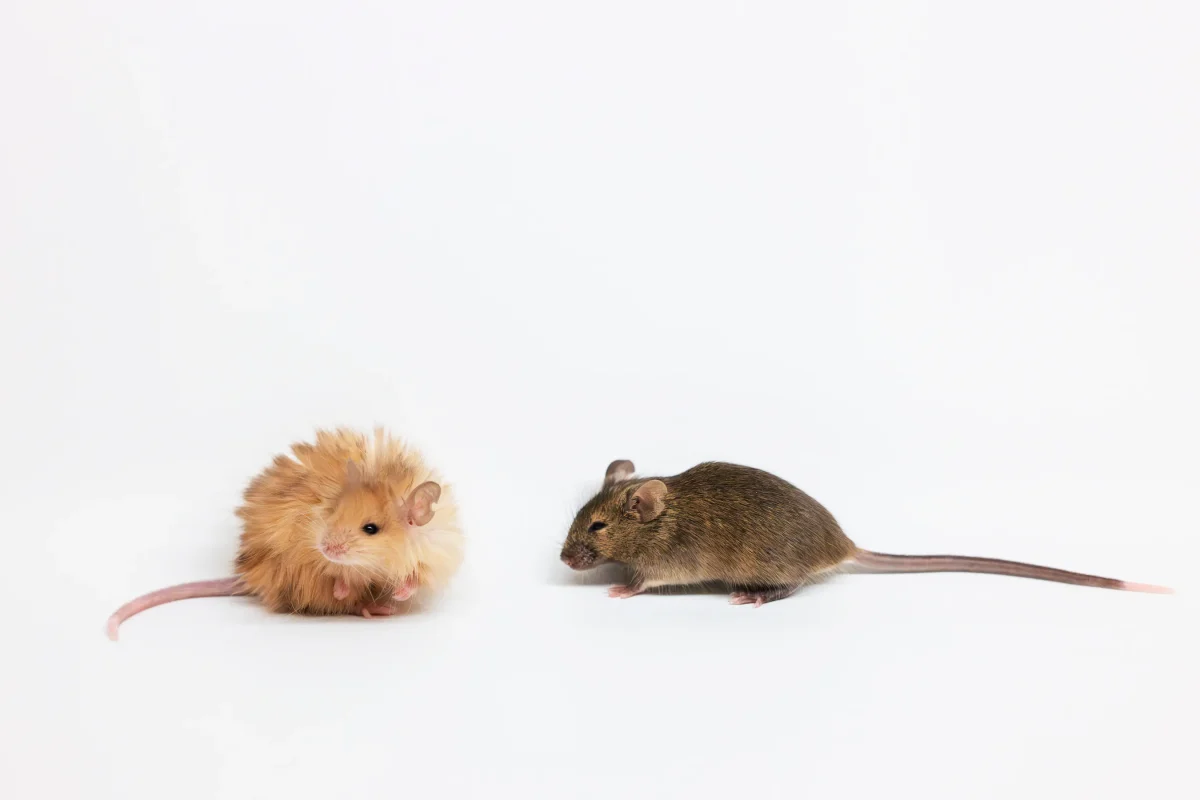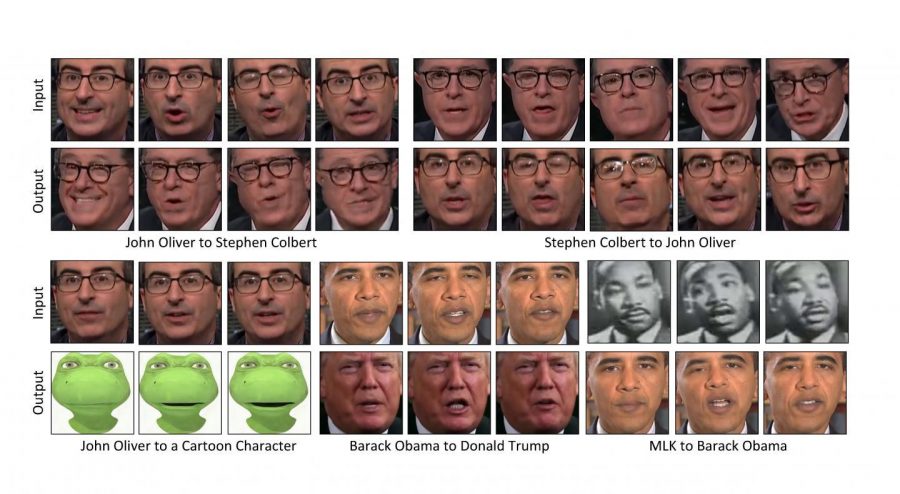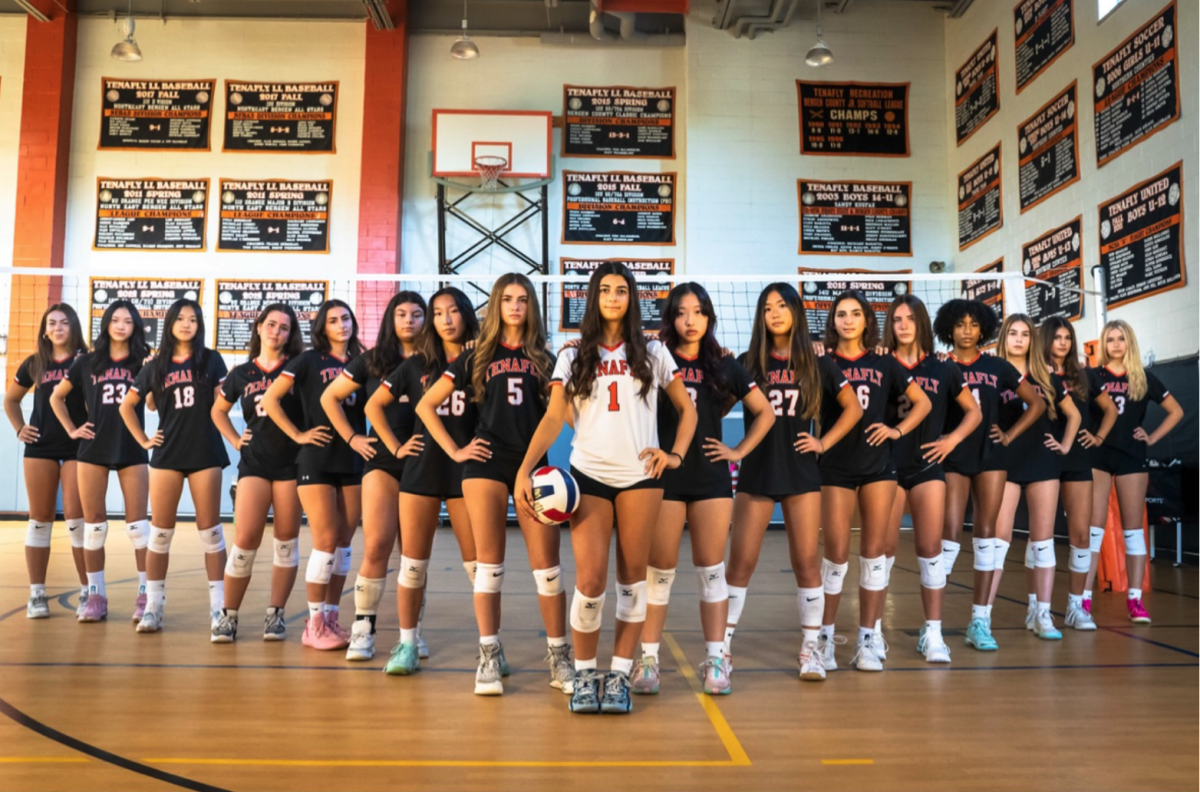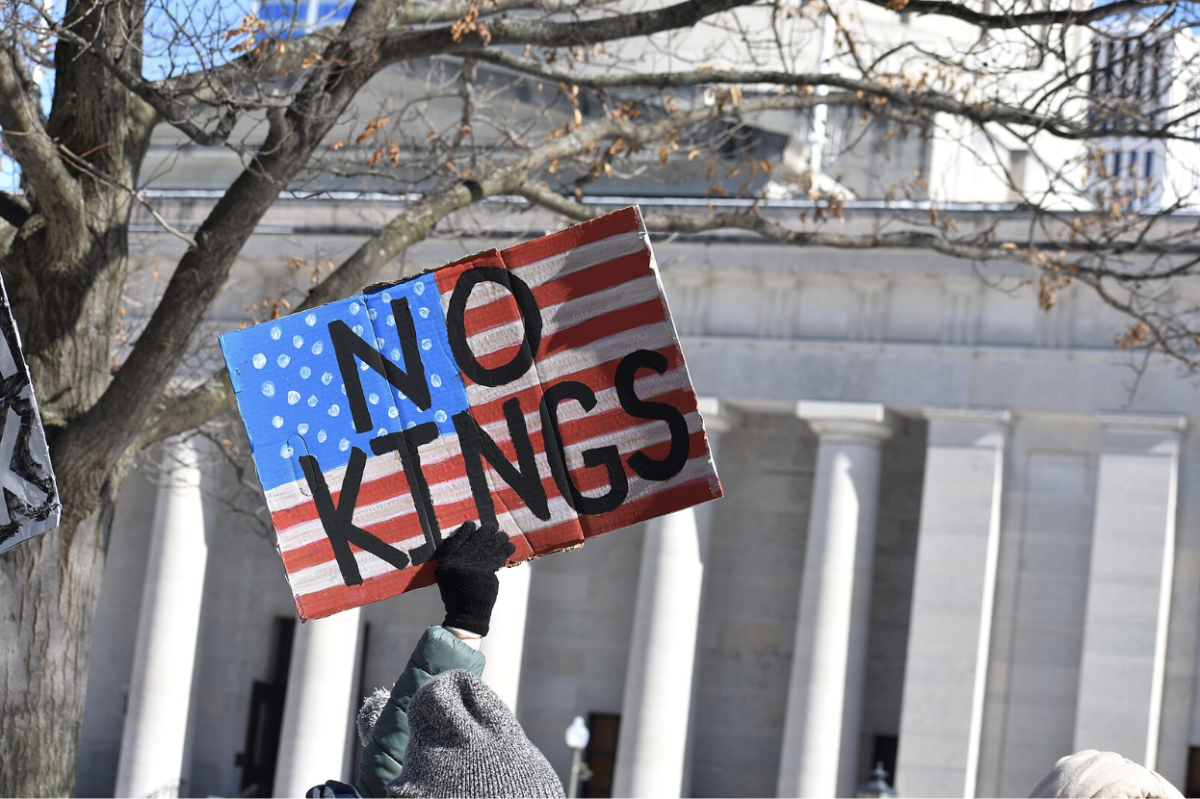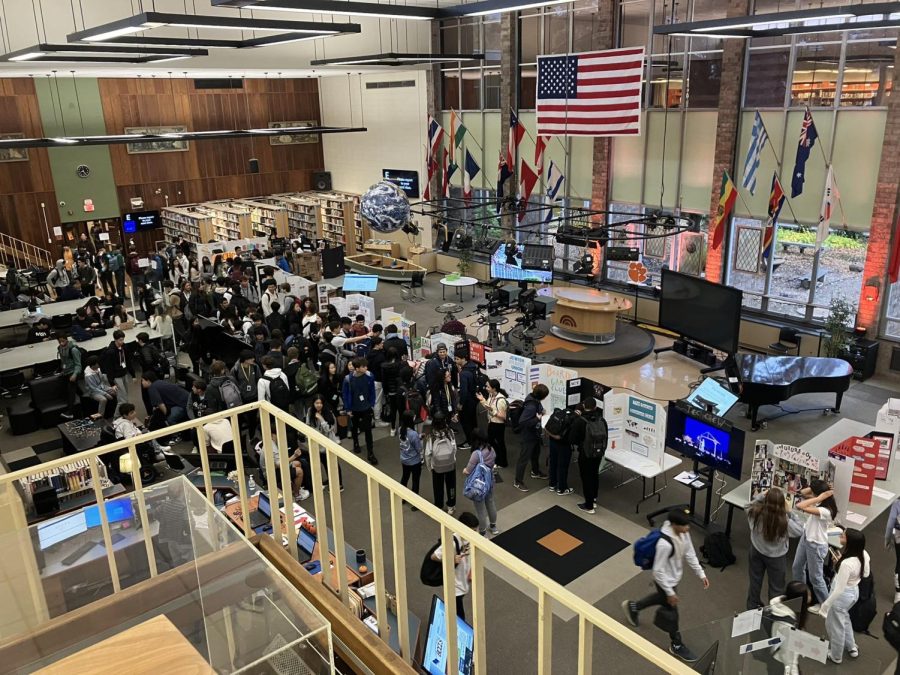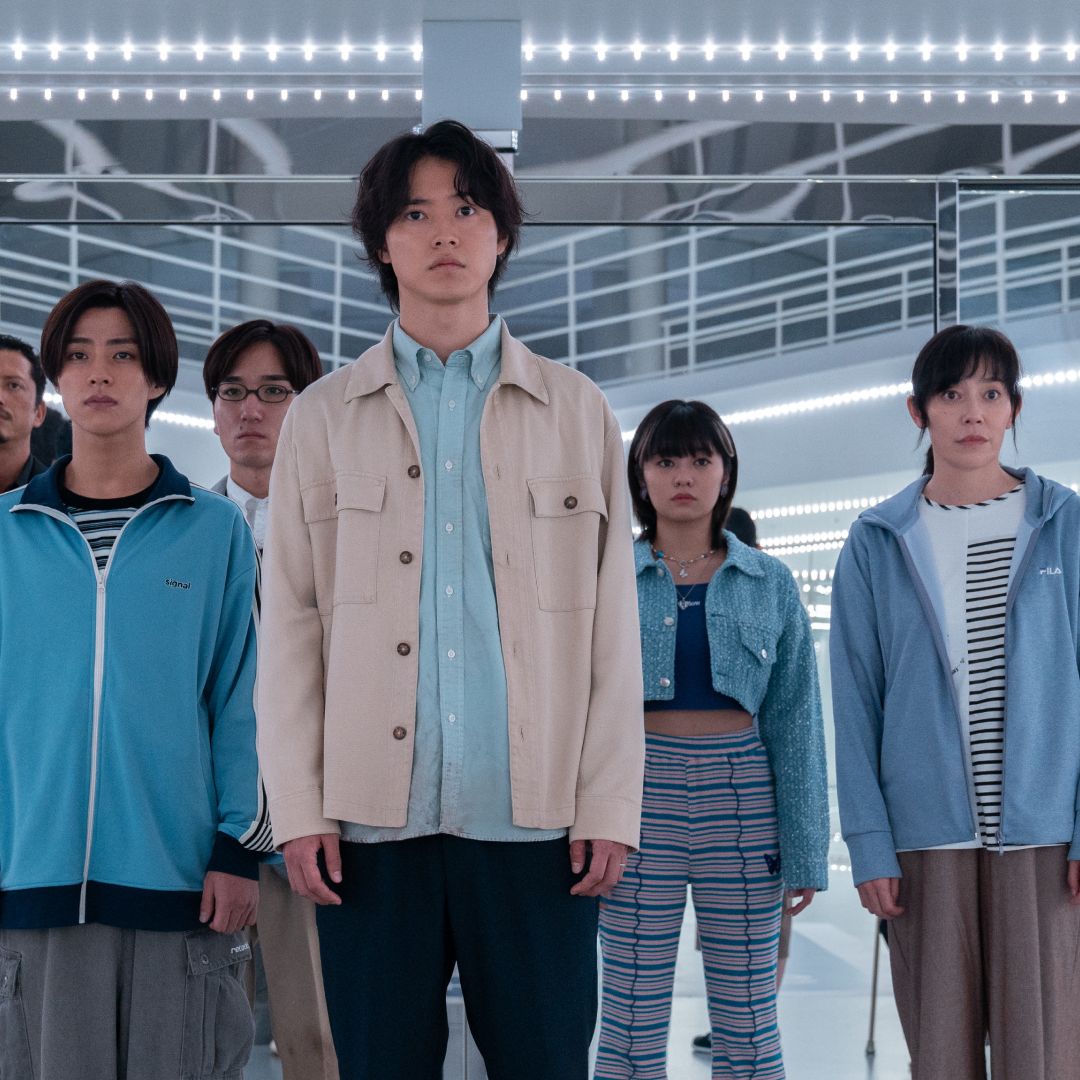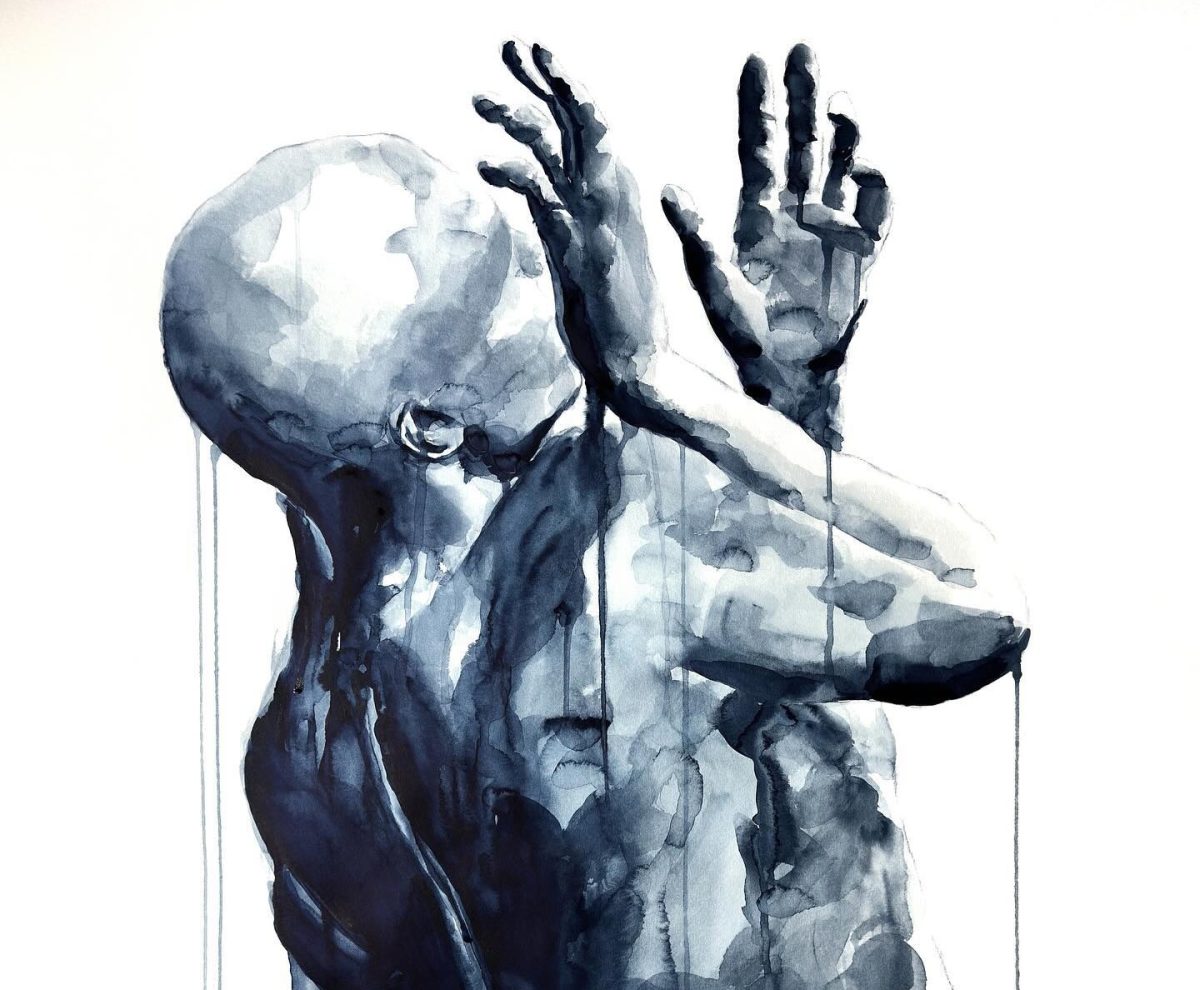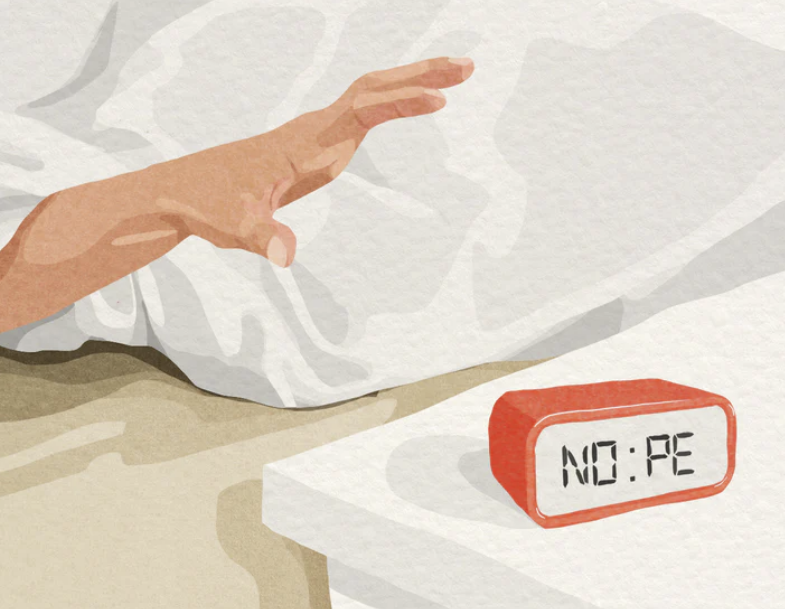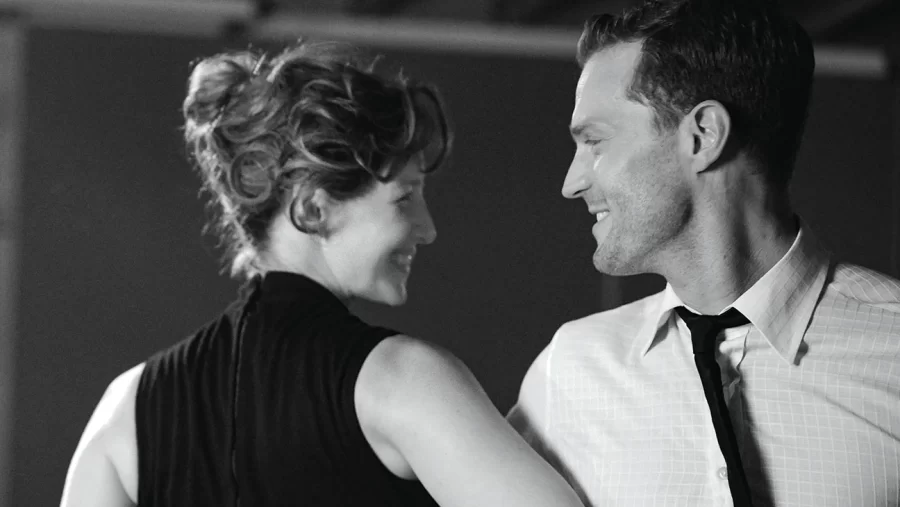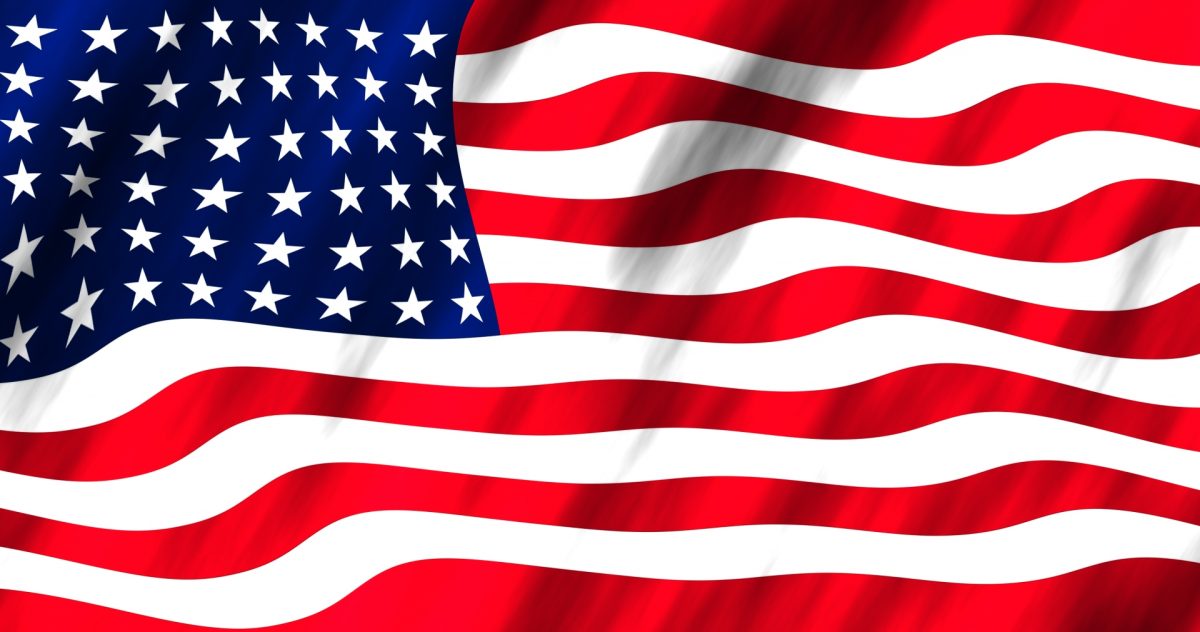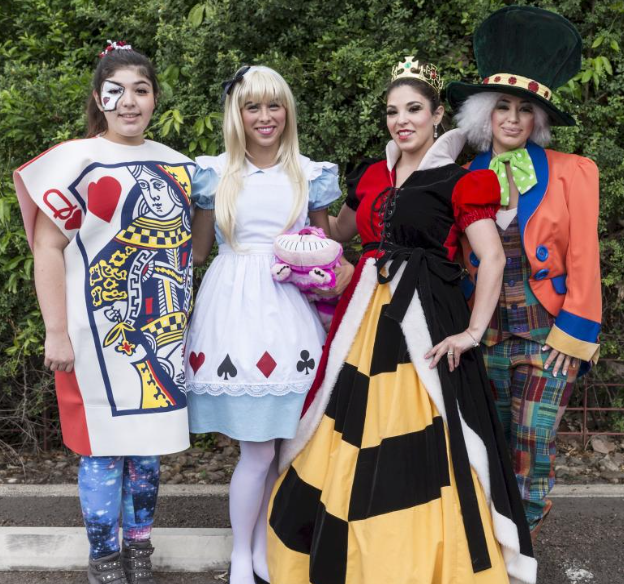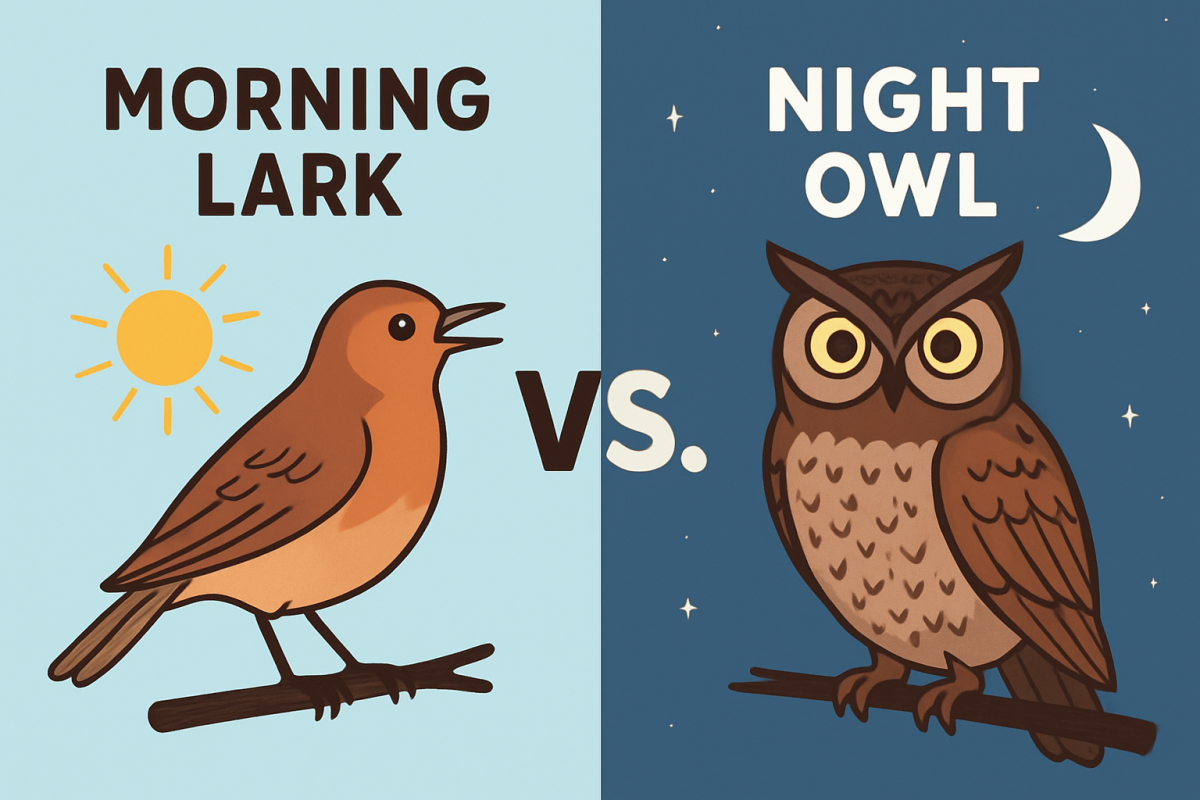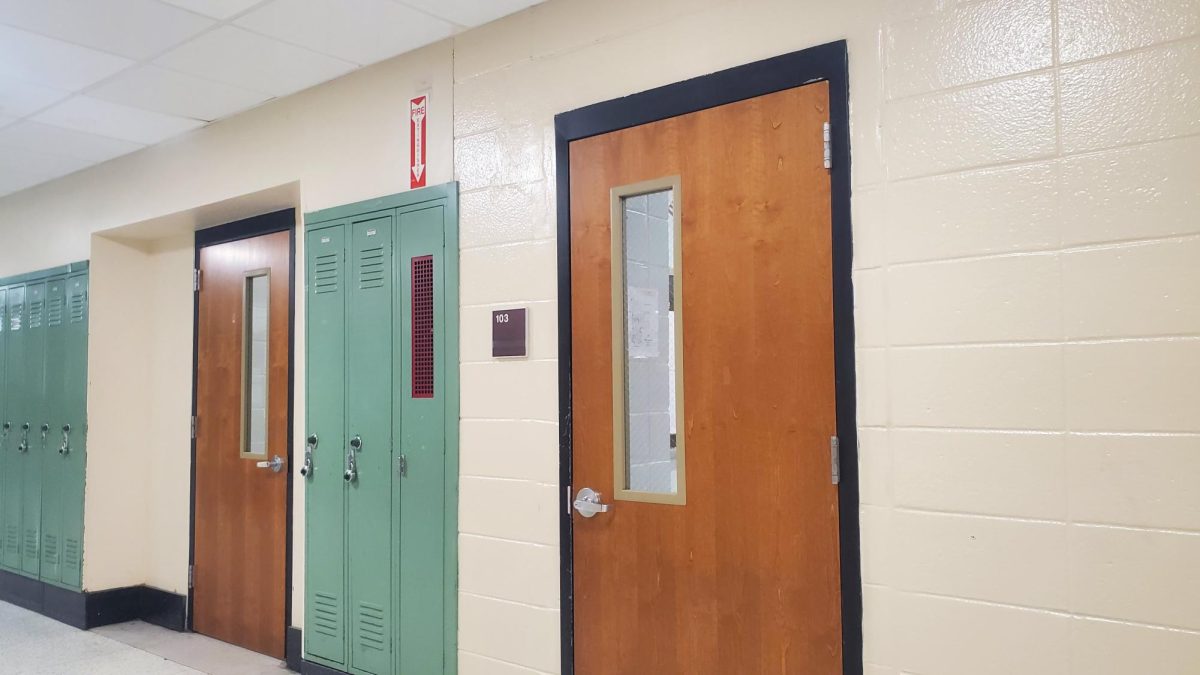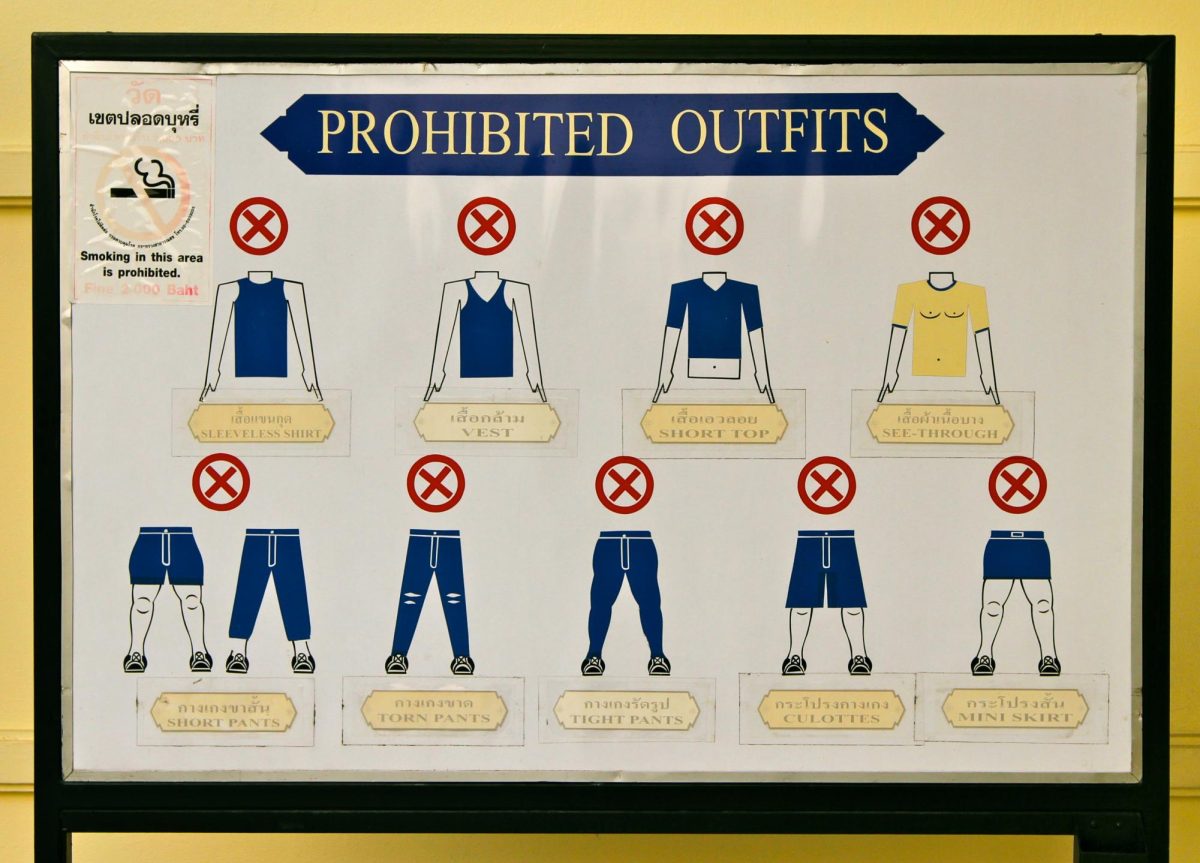We’ve all heard our parents say, at least once, “Put on some actual clothes. You’re dressing for school, not a party. When I was your age, we had to wear skirts that went down to our knees and long sleeves.” At those admonishments we sighed, stomping up the stairs and grabbing a sweater that we knew wouldn’t be worn once at school. Yet, as social media and trends evolve, those strict standards that our parents always remind us about have slowly begun to fade. Relaxing school dress codes is not something that should be viewed positively, though. Although students do enjoy having clothing as an outlet for freedom and expression, educational environments should uphold a standard of formality conducive to a learning environment.
Ever since the pandemic, schools across the country have begun to relax their dress codes, as many students became comfortable wearing pajama pants and sleepwear in educational and educational-adjacent environments. Yet, over the past few years, this tolerance has increased to such an extent that both students and teachers are not dressing appropriately for school itself. While the depreciation of dress codes may decrease concerns about gender equity, it allows social media and student expression to take the lead instead. These positives were taken advantage of and slowly created the problem of inappropriate dress for a place of education.
According to Britannica, dress codes create a serious and professional environment that fosters success throughout schools. Research conducted by Britannica, which included social experiments where groups dressed formally and others did not, showed that the quality of work improved when performed by individuals who dressed formally.
Similarly, dress codes promote inclusivity and an environment in which students feel a sense of belonging to one another. Now, although this may sound like an agreeable topic that is popular among both students and teachers, both groups have started to ignore these dressing habits.
To see how much school dress has shifted, it helps to look back. In the 1930s, many girls were required to wear medium to long dresses that went all the way down to their knees, some covering their entire arms. Similarly, boys were required to wear trousers, shirts, and ties, with only a select few being allowed to wear shorts. Finally, female teachers wore blouses and calf-length skirts, while male teachers wore full suits.
Despite what they say, parents have never generally favored dress codes for their kids. According to EBSCO, since the 1990s, there has been an unestablished period marked by national discussions on increased attention to school uniforms and what students wear. This growing opposition was a result of parents beginning to view dress codes as only targeting girls and as a violation of personal expression. Thus, schools became less worried about their dress codes and more focused on their students’ grades and their mental health.
Now, although it is good for kids to express themselves through fashion, somewhere along the way, self-expression started to turn into vulgarity. As children began to get more influenced by social media and the fashion trends made by adults, they started dressing differently. Children as young as six years old have begun to wear sweatsuits, crop tops, and high-cut shorts. Wearing clothes such as these can have negative impacts on a student’s school performance, as the fashion distracts from the real reason we go to school: education. This has begun to raise the question of whether school dress codes should start to be reinstated.
The debate over whether or not dress codes should be strict in schools highlights the conflict between self-expression and formality. While self-expression through their clothes is important for children, it is also essential to regulate what they wear to maintain a state of education and professionalism. Now, although school dress codes may seem like a minor topic, it can lead to a domino effect, from lowered self-esteem to the distraction of true goals in school. Overall, a less strict dress code does not fully solve the problem of expression, as it leads to bigger problems of impurity. We understand that this cannot be fixed in one single day, but starting the conversation to acknowledge that this is a problem is something that needs to be brought to our attention to eventually change the way we dress.






